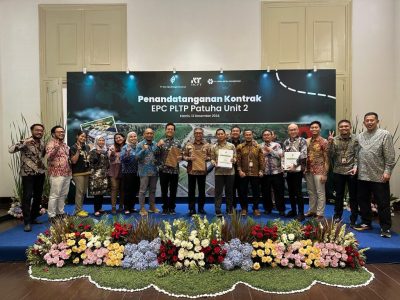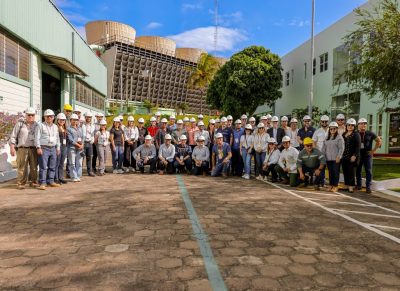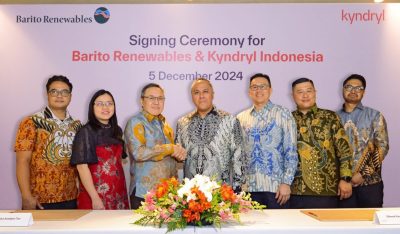Sustainable growth & energy development
Costa Rica is "insisting that economic growth and environmentalism can work together" and the country's Minister of Environment is also in charge of Energy, Mines, Water & Natural Resources, truly a new unique combination.
In a very interesting piece I was reading the other day, there was the very interesting story of how Costa Rica is “insisting that economic growth and environmentalism can work together”.
The country, so the author, “has created a holistic strategy to think about growth, one that demands that everything gets counted. So if a chemical factory sells tons of fertilizer but pollutes a river — or a farm sells bananas but destroys a forest — this is not honest growth. You have to pay for using nature — nobody gets to treat climate, water, coral, fish and forests as free anymore.
Combining key jobs: The process began in the 1990s when Costa Rica, which sits at the intersection of two continents and two oceans, came to fully appreciate its incredible bounty of biodiversity — and that its economic future lay in protecting it.
Minister of Environment also in charge of Energy, Mines, Water & Natural Resources, truly a new unique combination
So it did something no country has ever done: “In Costa Rica, the minister of environment sets the policy for energy, mines, water and natural resources,” explained Carlos M. Rodriguez, who served in that post from 2002 to 2006. In most countries, he noted, “ministers of environment are marginalized.” They are viewed as people who try to lock things away, not as people who create value. Their job is to fight energy ministers who just want to drill for cheap oil.
But when Costa Rica put one minister in charge of energy and environment, “it created a very different way of thinking about how to solve problems,” said Rodriguez, now a regional vice president for Conservation International. “The environment sector was able to influence the energy choices by saying: ‘Look, if you want cheap energy, the cheapest energy in the long run is renewable energy. So let’s not think just about the next six months; let’s think out 25 years.’ ”
As a result, Costa Rica hugely invested in hydroelectric, wind and geothermal power, and today it gets more than 95 percent of its energy from these renewables. In 1985, it was 50 percent hydro, 50 percent oil. More interesting, Costa Rica discovered its own oil five years ago but decided to ban drilling — so as not to pollute its politics or environment.
To pay for these environmental services, in 1997 Costa Rica imposed a tax on carbon emissions — 3.5 percent of the market value of fossil fuels — which goes into a national forest fund to pay indigenous communities for protecting the forests around them. And the country imposed a water tax whereby major water users — hydroelectric dams, farmers and drinking water providers — pay villagers upstream to keep their rivers pristine. “We now have 7,000 beneficiaries of water and carbon taxes,” said Rodriguez. “It has become a major source of income for poor people. It has also enabled Costa Rica to actually reverse deforestation. We now have twice the amount of forest as 20 years ago.”
Having been involved in sustainability debates, I think this is a very interesting and thoughtful approach one should seriously consider. Maybe for developers to get involved in environmental debates early on is not only a good idea but simply necessary.











